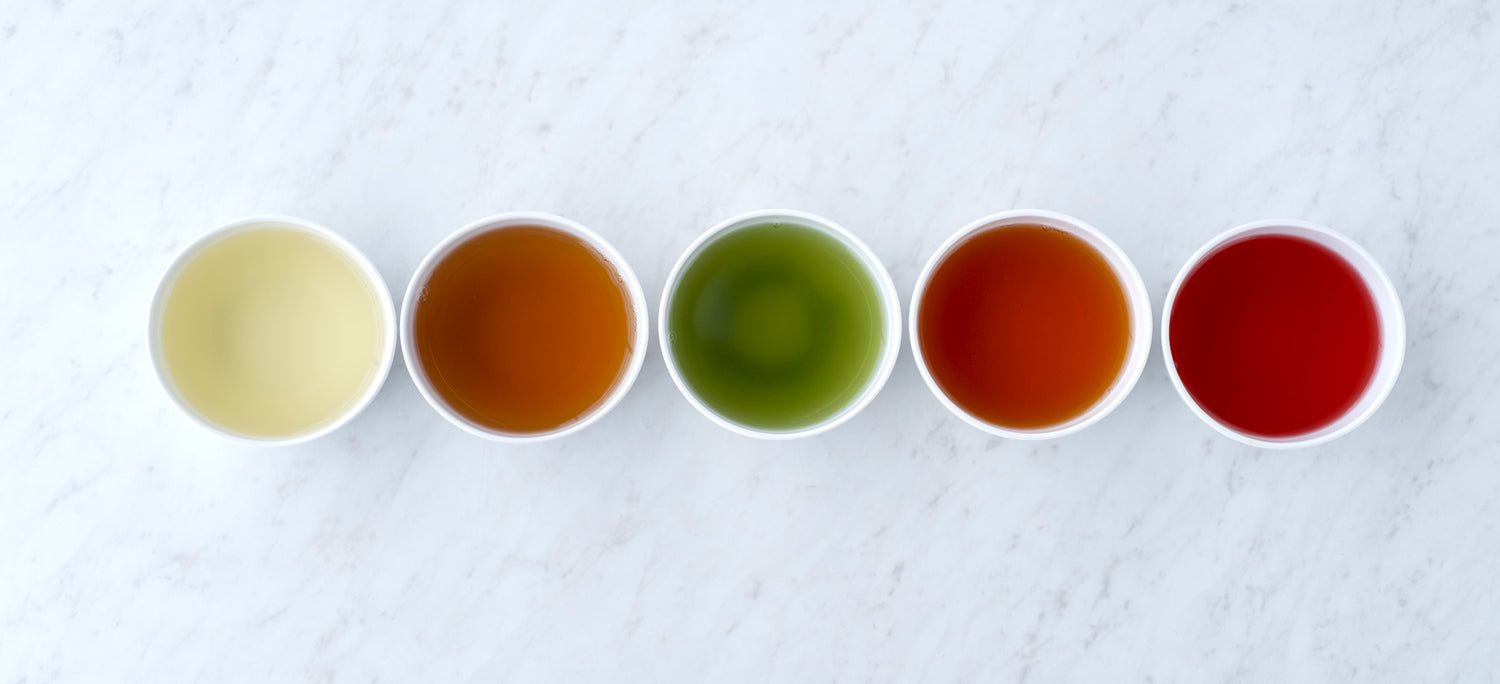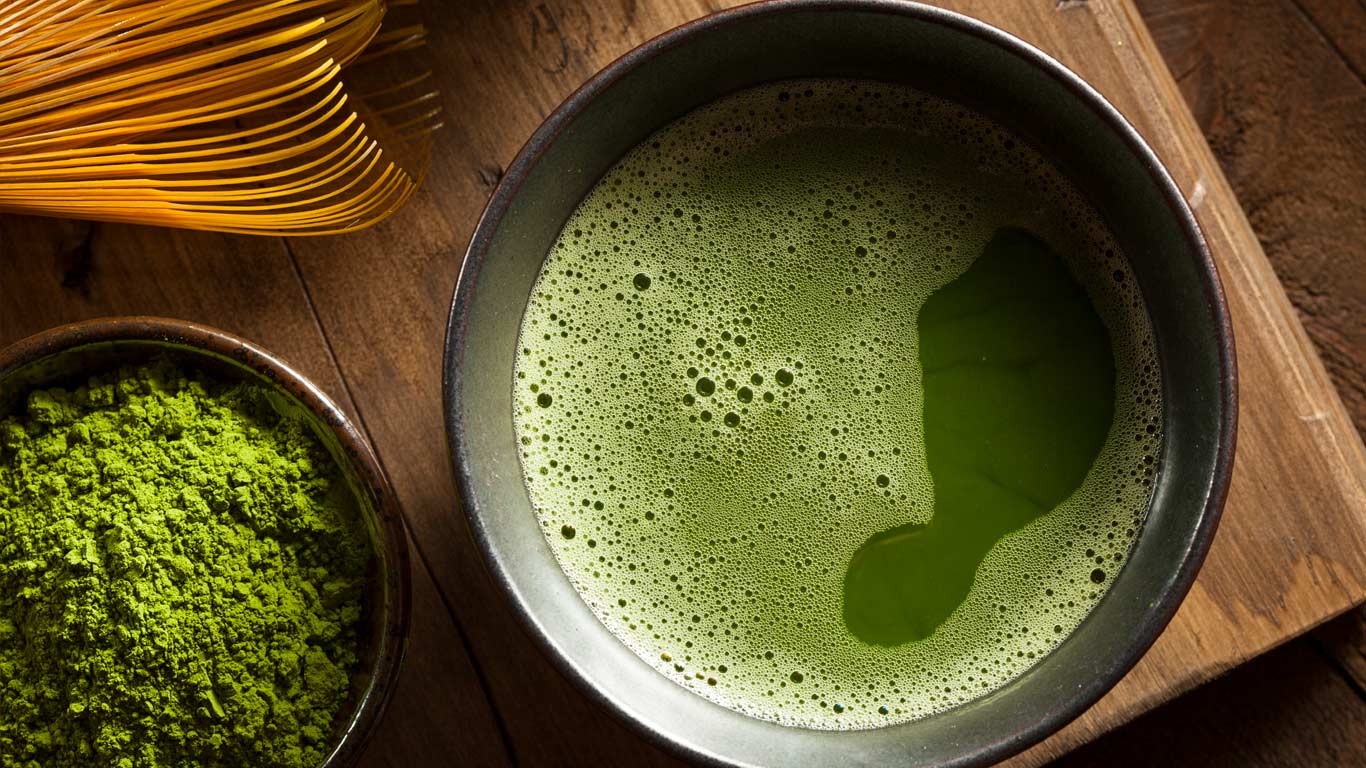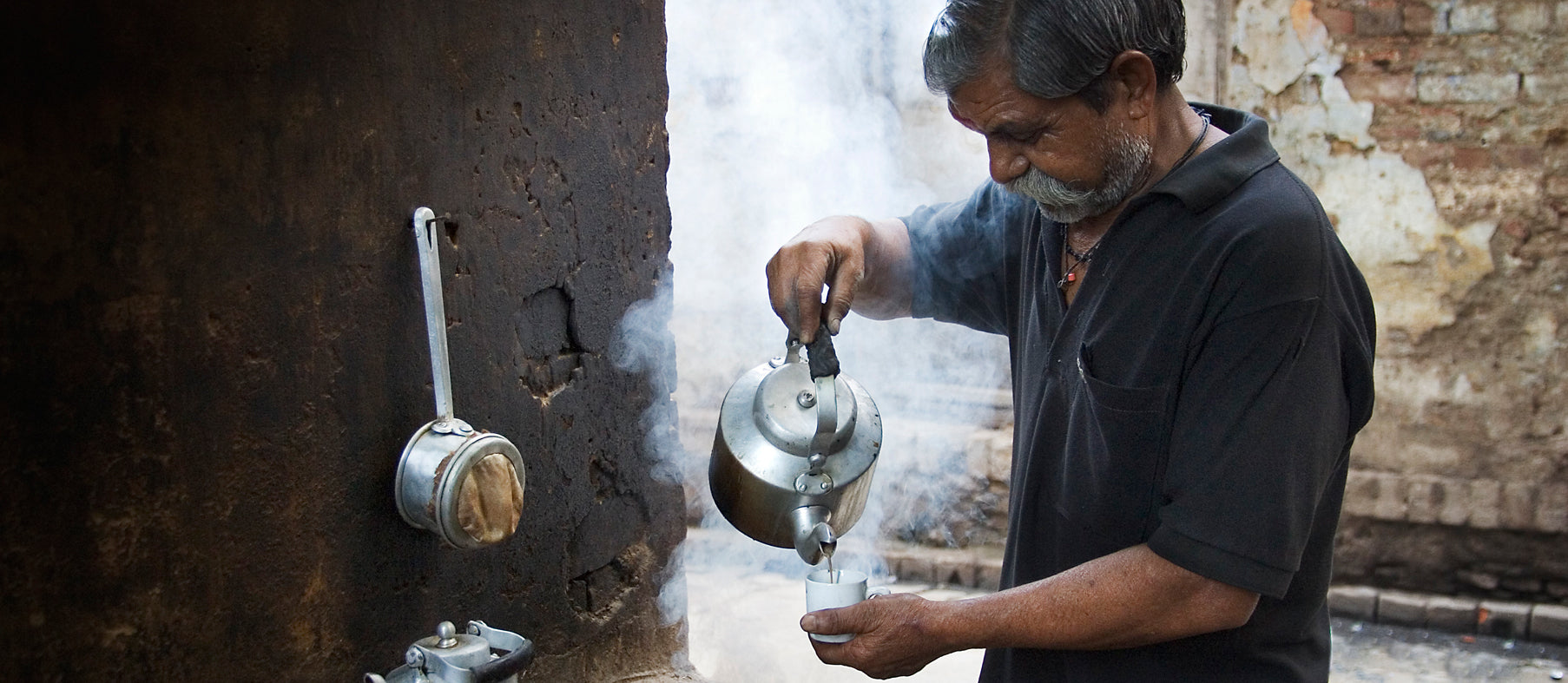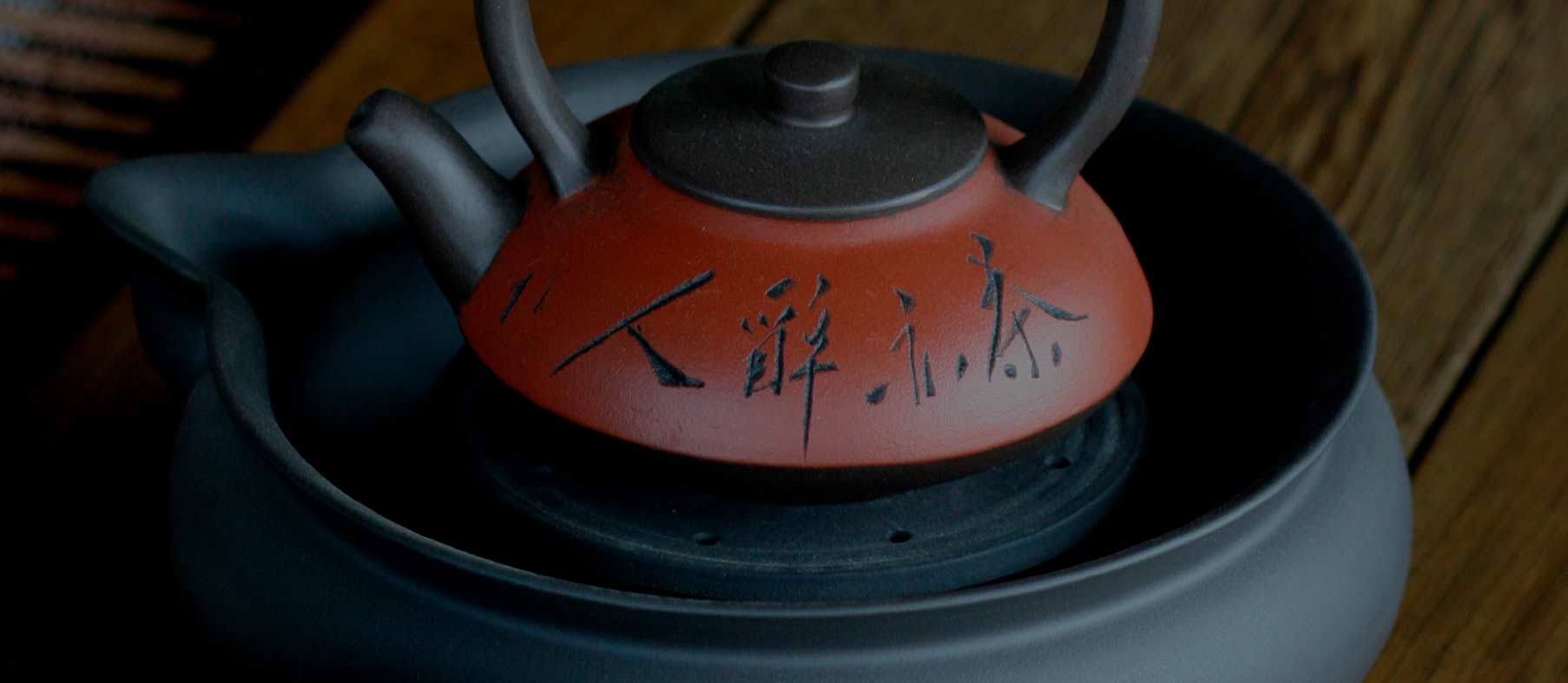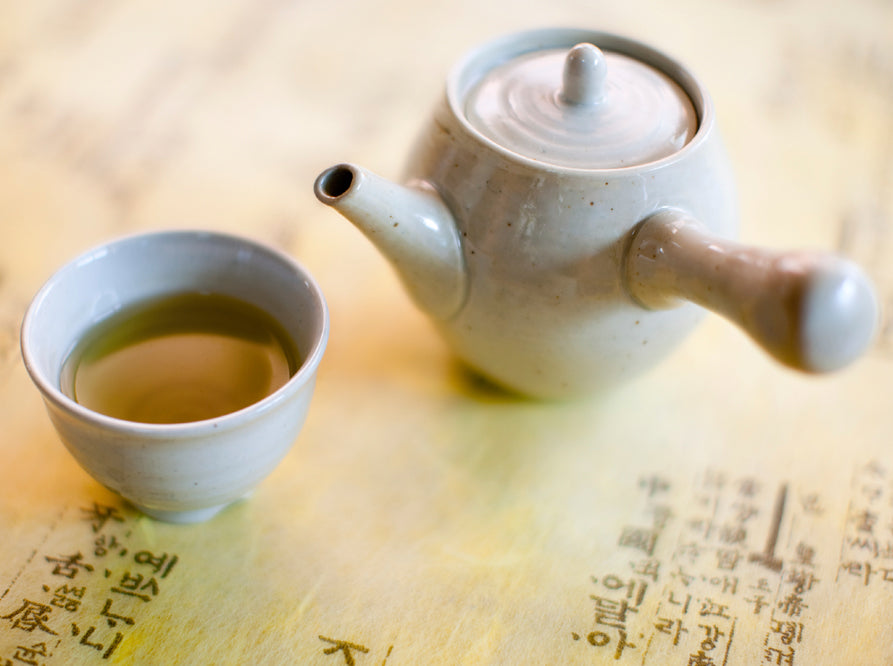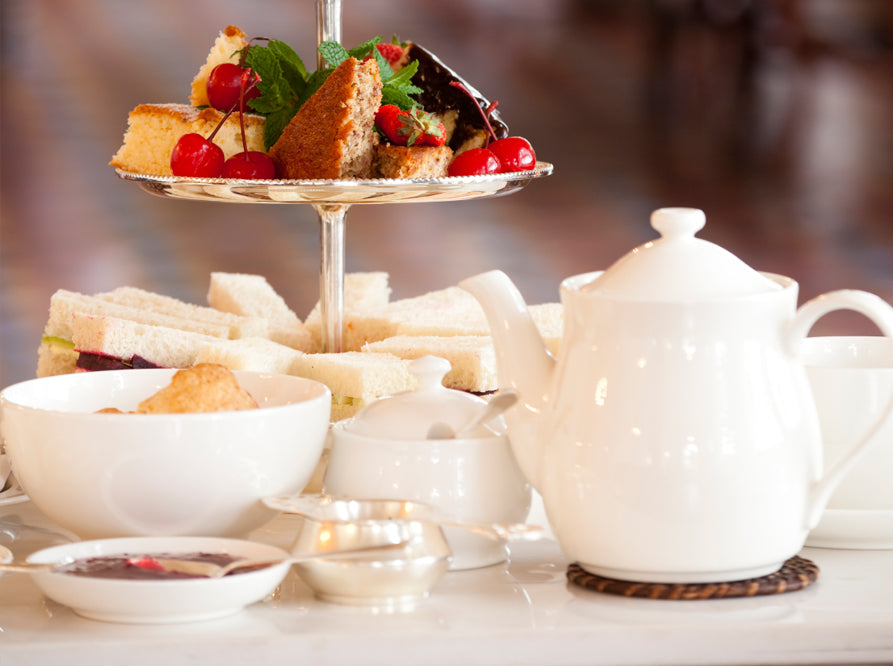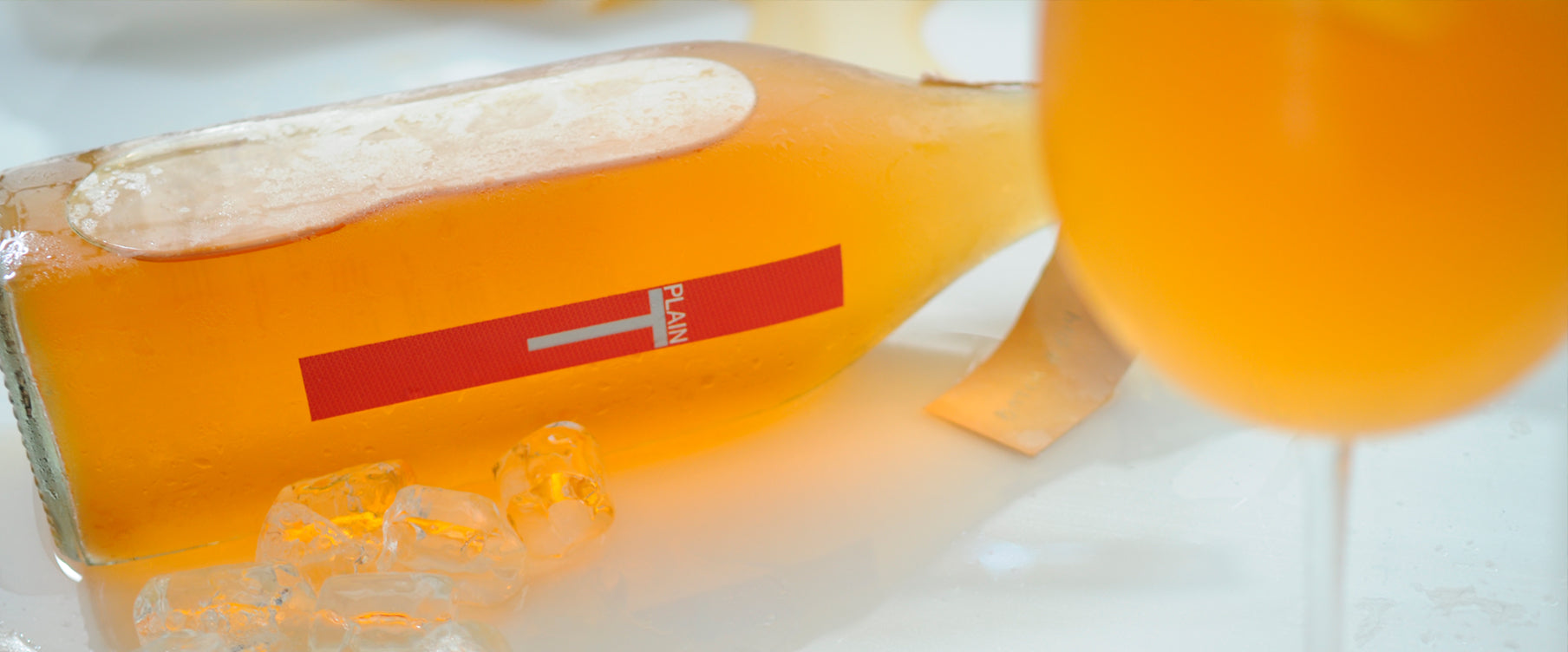Because only upper class Indians could access fine Darjeeling and Assam teas, the ordinary Indians developed a fondness for a different tea known as “Chai” today. There are many different recipes to brew chai, but traditionally it’s brewed with black tea and a blend of spices, such as cardamon, cloves, cinnamon, and peppercorns, and is served with milk and honey. Sometimes chai (tea/spices) is brewed in milk instead of in water.
Chai’s popularity today is not only in India, where it is sold everywhere, usually in unglazed clay cups called “kallurhs” that impart a rich, earthy flavor, but also all around the world. In America, you’ll find steamed, frothed or iced chai, and even chai blended with yogurt or ice cream for smoothies and milkshakes.
Originated in China during the Song Dynasty, where its practice eventually died out, and combined with elements of Zen, the Japanese tea ceremony remains a fascinating part of Japanese culture and the “Chado” – the Way of Tea.
Cha-no-yu, or “hot water for tea” is a ceremony of great antiquity combining ritual, discipline and philosophy. Its fundamental principles include harmony, respect, purity, and serenity. Like many of the ancient Japanese arts, Chanoyu is seen as a potential mean of Enlightenment.
The peaceful tea ceremony originated during wartime, when military leaders would leave their weapons outside the tearoom and try to resolve their problems over a hot bowl of tea. The rules and courtesy of the ceremony demanded a civil atmosphere.
Every aspect of the tea ceremony is important, from the design of tearoom to the tea itself—bright green powdered matcha (wisked with hot water into a froth).
The ceremony always involves a host and some guests, and can be held in a main room’s screened-off alcove, or in a teahouse built in the outside garden for those who can afford it.
The guests wait in a special waiting room until the host calls them. They walk through the garden to the teahouse, which traditionally is elevated and has a three-foot-tall door (so that guests have to bend over to enter the building).
The host ceremonially decorates the teahouse with screens and simple, but special flower arrangements. Guests are served a small meal including a sweet.
The host brings in the tea utensils and begins preparing the tea. The water is boiled and the tea bowl and whisk are heated. The powdered tea is placed in a bowl and whisked until frothy. After the guests drink the bitter tea, the host cleans the utensils and the guests examine and discuss the utensils.
The ceremony can last as long as four hours. Whisked powdered tea indicates the antiquity of the ritual, as this method of preparation dates from China’s Sung dynasty, which lasted from the 900s to the 1200s. Participants say that if you approach the ceremony in the right frame of mind, it can be a very impressive, even enlightening experience.
In the early 1900s, Kakuzo Okakura, a philosopher and author of “The Book of Tea” brought the Japanese Tea Ceremony to the United States.
Samovar
Often associated with Russian culture, the samovar, a Middle Eastern invention, is a large metal recipient with a charcoal heater at its base, and a metal pipe running vertically through its center. Hot air in the pipe heats the water and maintains the tea’s temperature.
Russians traditionally serve their tea in tall, straight-sided glasses, flavored with lemon or jam. Drinking the tea through a piece of rock sugar held between the teeth is also common.
Today’s Russians use electric samovars, which are available in the West by mail order. Keep in mind that European appliances need special adapters to work on an American electrical current.
Korean Panyaro Method
Panyaro, a Korean tradition of tea preparation, is very similar to the Gongfu method, although with a much higher level of formality. Panyaro requires a lipped cup to cool the water before it is poured over the leaves, and the teapot and cups are a little bit bigger than the ones used in the Gongfu method.
United Kingdom
Tea has been associated with the British culture for hundreds of years. Traditionally, the upper classes serve a “low” tea usually around 4 o’clock, along with biscuits, small sandwiches, and cakes. It’s called “low” tea because it is served on a low table or “coffee table.”
Middle and lower classes serve a “high” tea around 5 or 6 o’clock with bread, meats, scones, and cake. It’s more like dinner, and is called “high” tea because it’s served on a higher (dinner) table.Samovar
Often associated with Russian culture, the samovar, a Middle Eastern invention, is a large metal recipient with a charcoal heater at its base, and a metal pipe running vertically through its center. Hot air in the pipe heats the water and maintains the tea’s temperature.
Russians traditionally serve their tea in tall, straight-sided glasses, flavored with lemon or jam. Drinking the tea through a piece of rock sugar held between the teeth is also common.
Today’s Russians use electric samovars, which are available in the West by mail order. Keep in mind that European appliances need special adapters to work on an American electrical current.
Korean Panyaro Method
Panyaro, a Korean tradition of tea preparation, is very similar to the Gongfu method, although with a much higher level of formality. Panyaro requires a lipped cup to cool the water before it is poured over the leaves, and the teapot and cups are a little bit bigger than the ones used in the Gongfu method.
United Kingdom
Tea has been associated with the British culture for hundreds of years. Traditionally, the upper classes serve a “low” tea usually around 4 o’clock, along with biscuits, small sandwiches, and cakes. It’s called “low” tea because it is served on a low table or “coffee table.”
Middle and lower classes serve a “high” tea around 5 or 6 o’clock with bread, meats, scones, and cake. It’s more like dinner, and is called “high” tea because it’s served on a higher (dinner) table.
Americas’ Favorite Way of Serving Tea
Iced tea is very simple to prepare: choose your favorite black, oolong or green tea, infuse a strong concentrate tea (use much less water for the same amount of leaves), add cool water to the right proportions. You can also let it cool down a little bit and pour it over quality ice.
Or, make sun tea: fill a large glass jar with water, add tea bags or leaves, cover it, and let it sit in direct sunlight for several hours. When the tea is strong enough, pour over ice and serve. Although this method is fairly popular, it may be somewhat risky, as it involves using water that has not been boiled. Water that’s been left out in the sun can easily reach ideal bacterial-reproduction temperatures.
